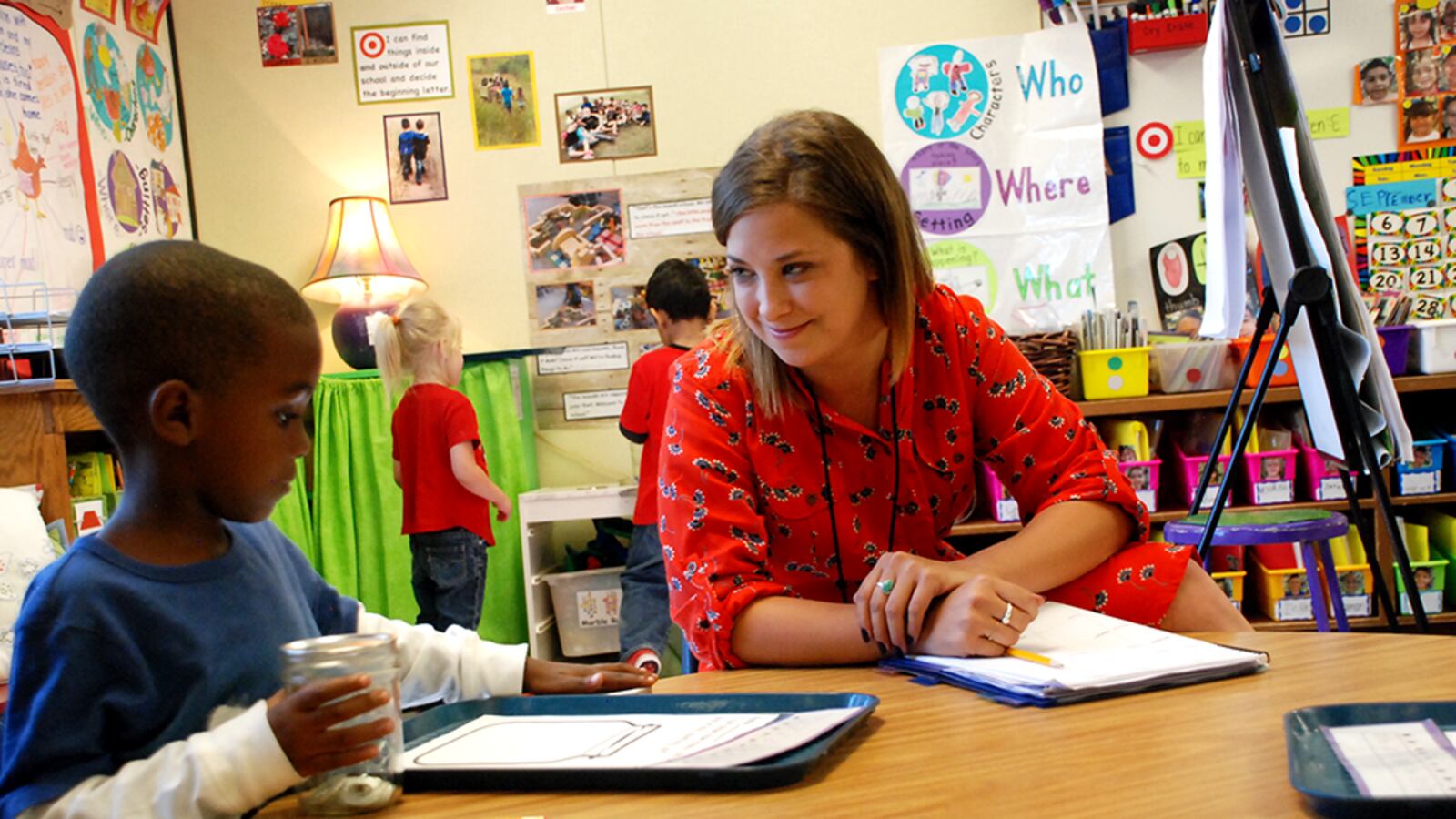Colorado school districts continue to face a shrinking supply of locally-trained teachers.
Enrollment in and graduation from Colorado’s traditional teacher preparation programs dropped again last year, according to a new report from the Department of Higher Education.
But the number of people completing alternative preparation programs is rising.
Declines have been recorded over several years – since 2010 there’s been a 22.7 percent drop in the number of people completing preparation programs at Colorado colleges and universities.
In 2014-15 there were 2,529 graduates from such programs, a 6 percent one-year decline. Enrollment that year also dropped 6.1 percent.
The news was better for alternative preparation programs, which are run by districts and non-university programs. Some 816 people completed those programs in 2014-15, a 42 percent jump.
There’s been growing concern both in Colorado and nationally about such declines.
The report estimates “a shortfall of approximately 300 teachers annually throughout Colorado. This shortage is expected to be much more prevalent in rural school districts, which have historically been more difficult to staff.”
School districts often note the difficulty of finding math and science teachers. That hasn’t changed. The report found, “in historical areas of high need, enrollments have remained relatively stable with a minor decline in the number of math students enrolled, offset by a minor gain in the number of students enrolled in science education programs.”
The report did note 102 graduates finished work in secondary math, the third year with more than 100 graduates in that area.
Colorado’s teacher supply picture is further complicated by the fact that many teachers are trained in other states. The Department of Education calculates that about 42 percent of teachers working last school year had graduated from out-of-state programs.
The new report also found little change in the characteristics of students enrolled in college and university preparation programs. “In general, Colorado’s emerging teaching and educational administrative work force tends to be young, female and white/non-Hispanic.”
More than 75 percent of those students are female, and the most popular prep program is in elementary education.

